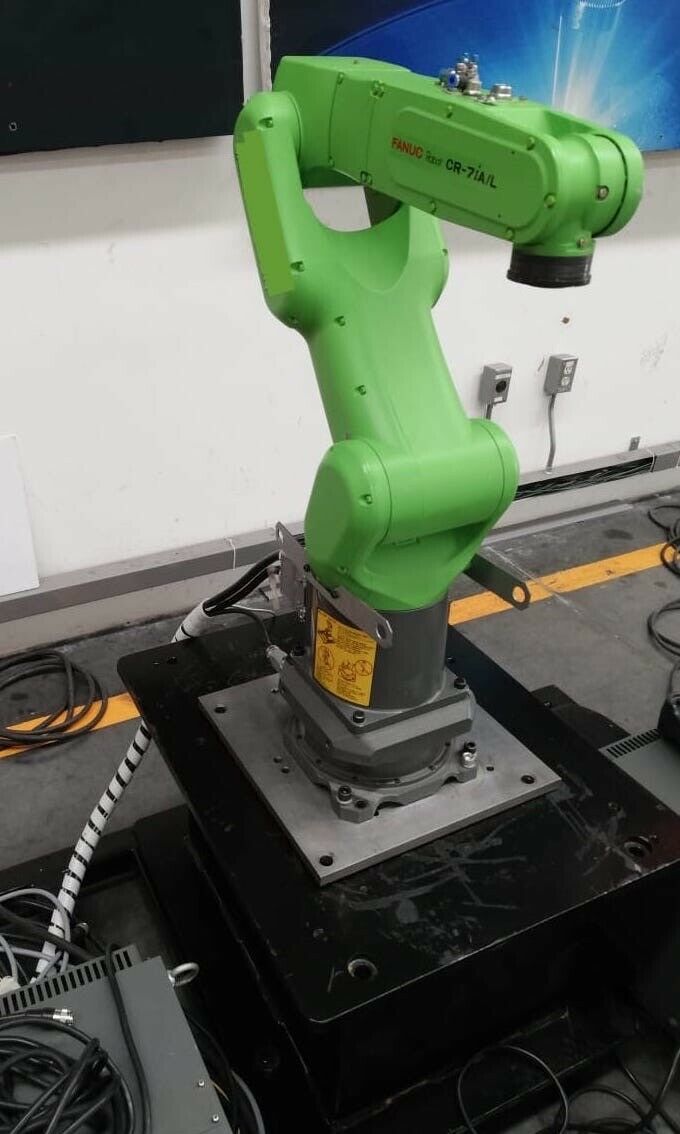Cobots are still considered relatively new to the robotics industry. However, despite their newness, they have been adopted by manufacturers at a rapid rate. Their compact size, safety, and ease of use have made them incredibly appealing. They are a budget friendly alternative to traditional industrial robots and ideal for those just getting started in robotic automation. Their ability to automate processes such as small batch or high mix parts that were not feasible with other industrial robots is another reason for their growth.
In general, collaborative robots feature enhanced safety features that reduce risks to workers. Some may be surprised to learn there are actually four types of cobots with each being categorized by their safety and programming features.
- • Power and Force Limiting - Power and force limiting is the most common type of collaborative robot. These feature embedded sensors giving cobots the ability to sense force and stop operation to avoid collisions. They also feature rounded edges for softer impacts and force limitation. Power and force limiting cobots can be categorized into four sub-categories:
- o Joint Sensing - These are the most common type of force limiting cobots. They feature joint monitoring to detect abnormal forces applied to the cobot. These cobots utilize either force torque sensors in their axes or the current of their motors to detect force. The KUKA lbr iiwa 14-R820 and Universal UR5 are both joint sensing cobots.
- o Force Sensor Base - This type of cobot features a force torque sensor embedded in the robot base to monitor abnormal force. FANUC CR-35ia is part of the force sensor base category. Having the force sensor in the base allows for higher payload cobots (up to 35 kg) to be able to react to small collisions.
- o Skin Sensing - Skin sensing cobots are considered the safest, but this technology is not very common. These cobots utilize tactile sensors to detect force.
- o Inherently Safe - These cobots can use any type of sensor, but what makes them different from others is they are considered to be harmless due to their lack of power. ABB’s YuMi falls under this category with its extremely light payload.
- • Safety Monitored Stop - Cobots that involve minimal human interactions fall under the safety monitored stop category. These types of cobots are usually traditional industrial robots that have been integrated with sensors to stop operation when a person is detected in the work envelope.
- • Speed and Separation - Speed and separation collaborative robots also involve using traditional industrial robots. The difference between these cobots and safety monitored stop cobots is they are integrated with advanced vision systems. These robotic vision systems are used to detect when a human enters the work envelope. The cobot can slow its speed or stop its operation completely if the worker gets too close.
- • Hand Guiding - Hand guiding cobots are those that can be directly controlled by an operator. Hand guided cobots feature an automatic mode in which operators directly control the motion of the cobot by manually guiding it. This allows cobots to assist workers with tasks such as lifting heavy objects. Cobots with hand guidance programming do not fall under this category as programming takes place in teaching mode not automatic mode.
